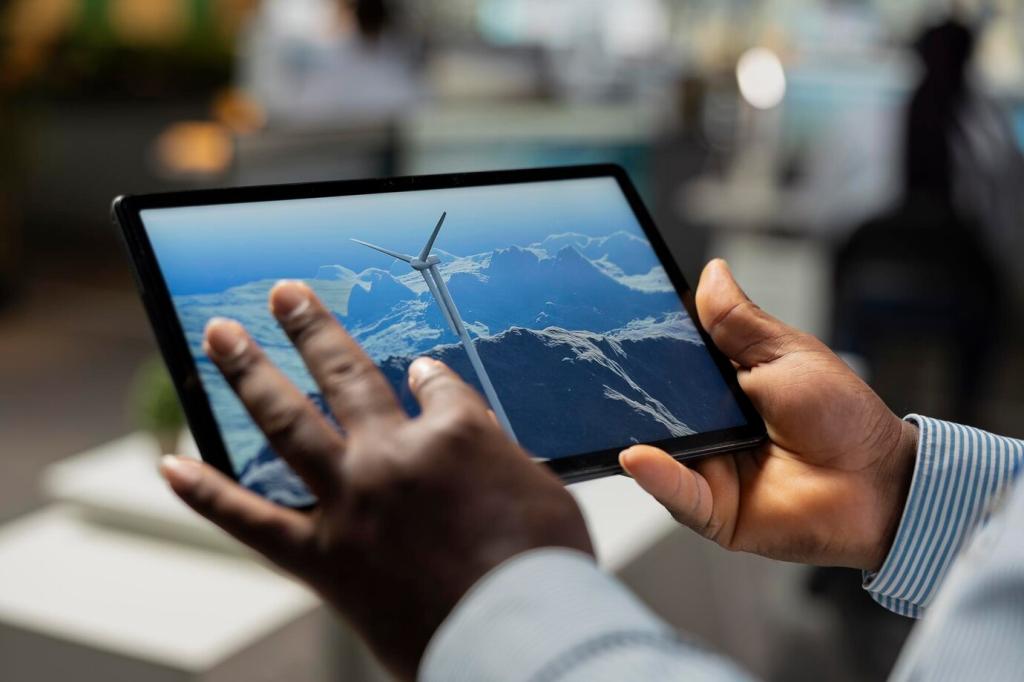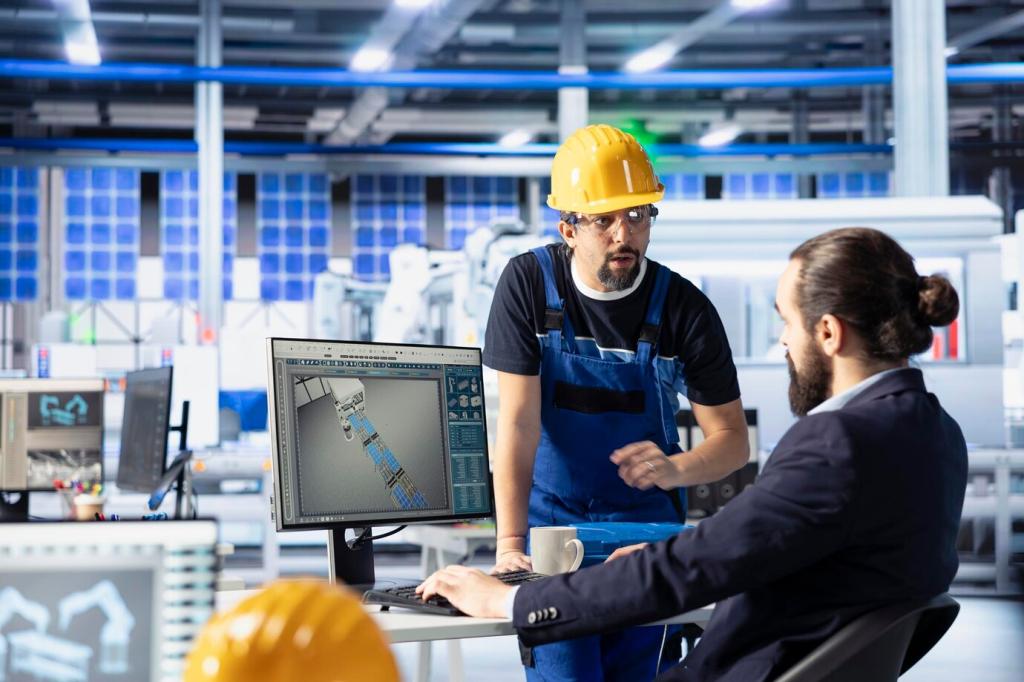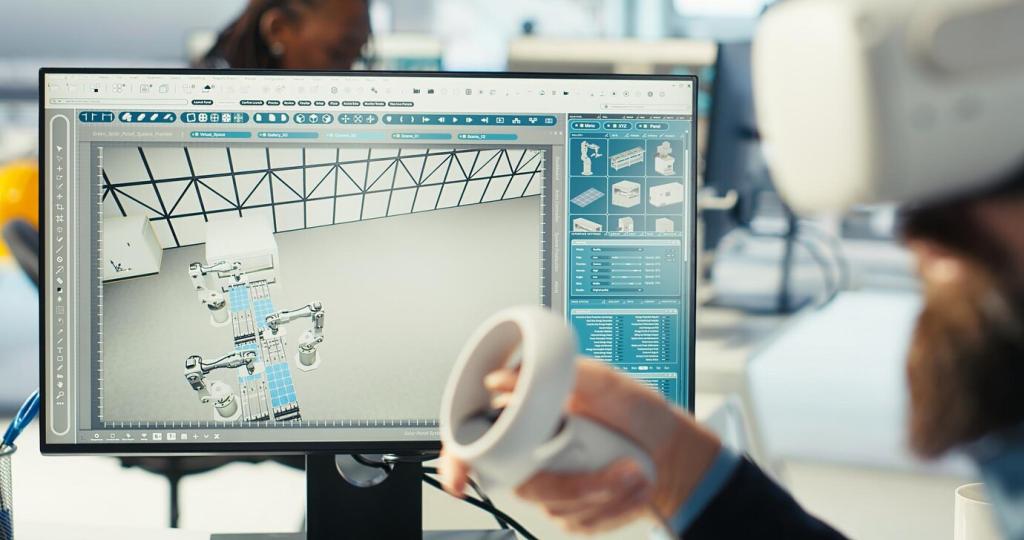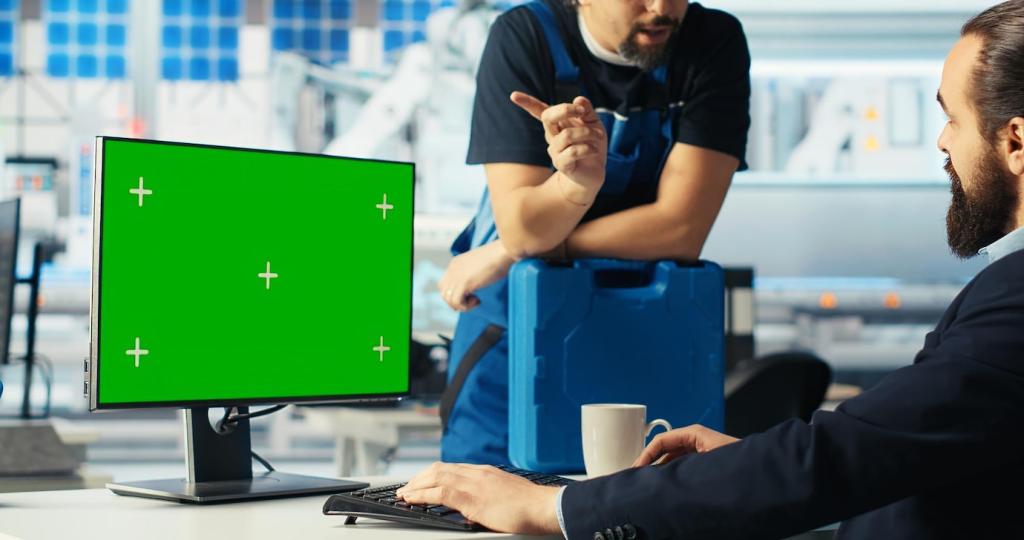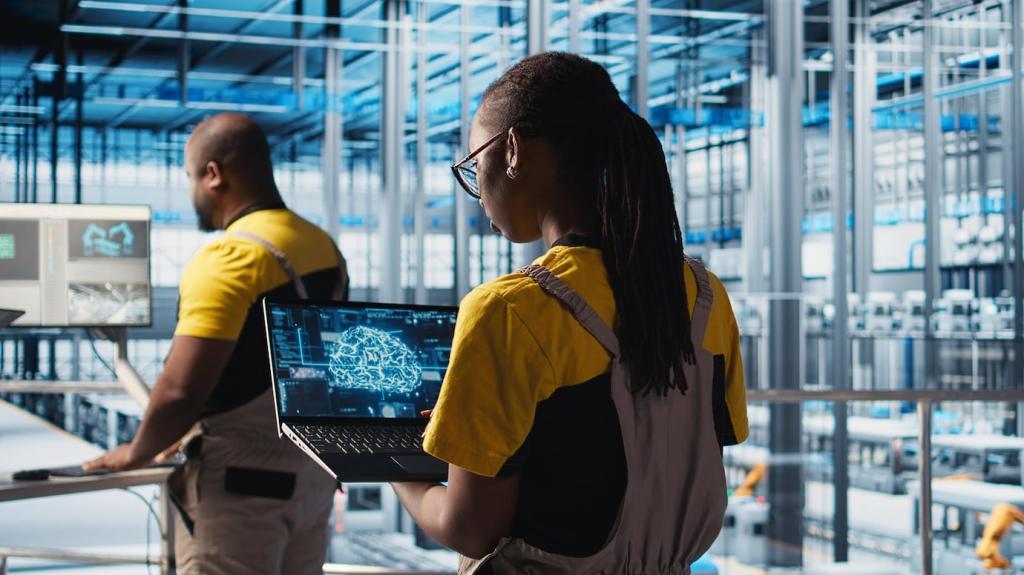Measuring Carbon and Circularity from Concept to Installation
Combine energy modeling for lighting and plug loads with LCA for flooring, paint, and furnishings. Tools like Insight or Sefaira reveal operational savings, while LCA tools show material impacts. Balancing both often shifts choices from flashy finishes to durable systems that actually perform.
Measuring Carbon and Circularity from Concept to Installation
Add parameters for fasteners, reversible connections, and material layers directly in BIM families. QR codes or GUIDs link components to reuse instructions and warranties. This metadata makes future maintenance, upgrades, and reuse nearly effortless, saving cost and carbon down the road.
Measuring Carbon and Circularity from Concept to Installation
Connect to marketplaces for reclaimed timber, ceiling tiles, and office furniture via BIM-compatible catalogs. Availability alerts and fit checks align design intent with real stock, preventing late-stage substitutions. Have you tried specifying reclaimed materials through a digital connector yet?


